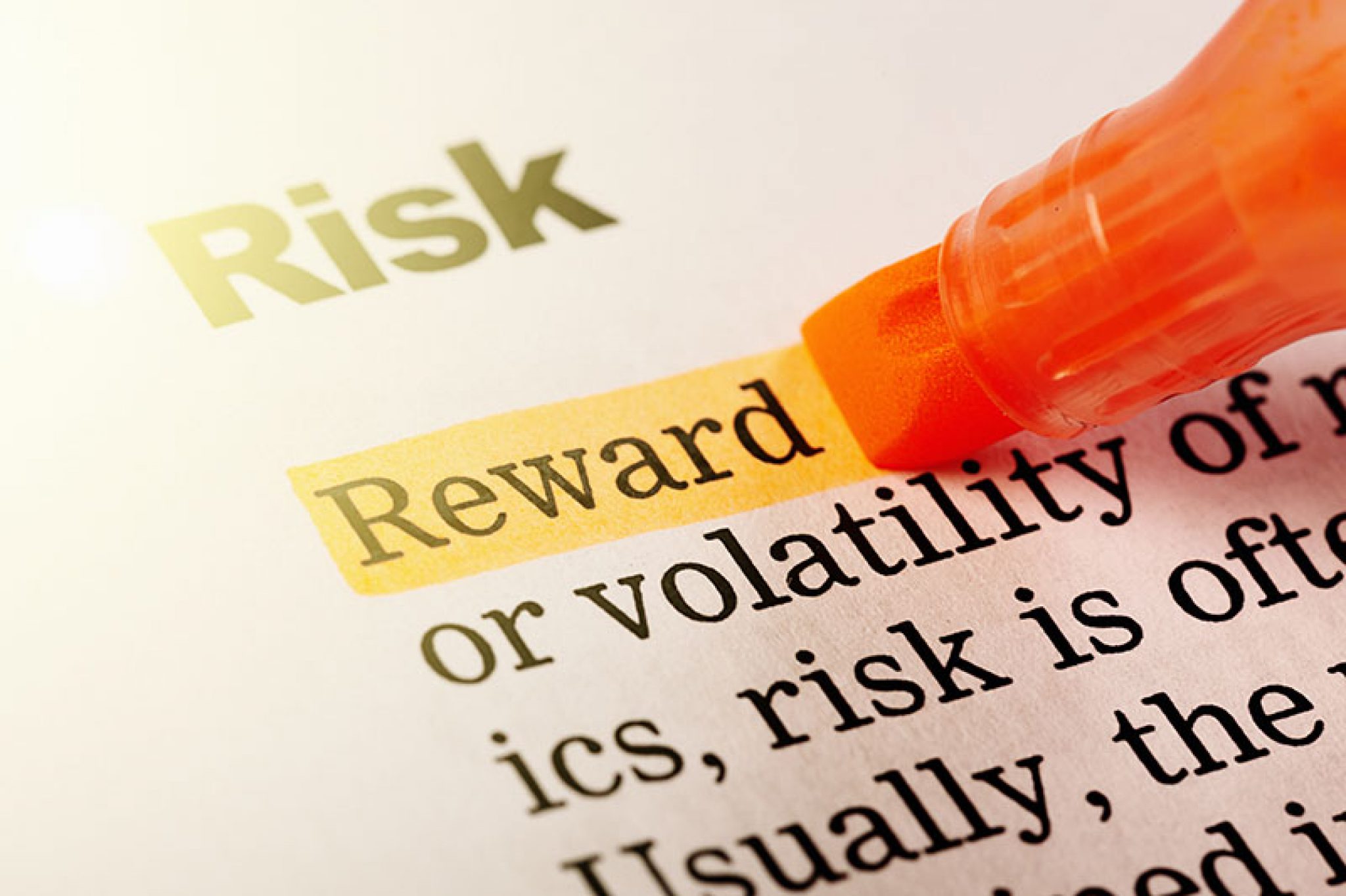Risk means different things to different people. For some, it can mean excitement and thrills. For others, it just means danger and is best avoided.
In the context of investments, risk is something that we work with on a daily basis. We can’t avoid it entirely, but we can find ways to manage it. After all, the link between risk and reward is well-established. A risk-free investment portfolio does not exist. To achieve any kind of return, some degree of risk needs to be taken.
It is not simply a matter of choosing between risky and risk-free. There are different types of risk to consider, as well as how these apply to your own situation.
We have prepared this guide to clarify the types of risk that may apply to an investment portfolio, why it may be appropriate to take some risk, and how we manage the balance of risk and reward.
The Different Types of Risk
Risk does not only refer to the possibility of losing money in the stock market, although investment risk is certainly an important consideration. There are many other types of risk to consider. For example:
- Inflation risk – the possibility that your money won’t maintain its real value alongside rising prices.
- Interest rate risk – fluctuating interest rates have a significant impact on cash deposits and bond prices, as well as the wider economy.
- Liquidity risk – some investments are more difficult to sell than others, which could cause an issue if you need access to your money at short notice
- Default risk – the chance that the institution holding your money fails.
- Concentration risk – holding a high proportion of your funds in a single company, fund or sector.
- Systematic risk – risks that apply to all investments within the asset class. For example, a recession is likely to impact a wide range of different shares.
- Unsystematic risk – risks that apply to the shares in a particular sector. For example, Covid19 has had a major impact on tourism and airline stocks.
- Political and regulatory risk – changes in leadership, legislation and regulation cannot always be foreseen and can have an impact on investments.
- Foreign exchange risk – fluctuating currency rates can impact the value of overseas investments relative to Sterling, as well as affecting companies which rely on imports or exports.
There is no single investment that avoids all of these risks. The key is to take carefully considered risks, depending on your circumstances, goals, and personal tolerance.
The Factors Affecting Your Risk Profile
Risk profiling is the process by which we establish how much risk you can take with your investments. It takes into account not only your own preferences, but also your circumstances and your goals for the future.
To establish your risk profile, a number of factors need to be taken into account:
- Your personal attitudes and psychological tolerance for risk
- Your goals and the returns you need to achieve
- The timescale of the investment
- Whether you are investing a lump sum or a regular amount
- Your other investments, including the level of cash deposits you hold
- Your income, expenditure, assets and liabilities
- How much you can afford to lose
- Your investment experience and how well you understand financial markets
- Your risk profile will then be used to map a suitable portfolio, which balances risk and reward according to your requirements.
The Main Asset Classes
A portfolio is usually made up of four main asset classes:
Equities
Shares in listed companies. This is the most volatile asset class, but also has the greatest reward potential.
Property
Direct investment in bricks and mortar, or shares in property companies. Property tends to be more stable than equity investments, but with more modest growth prospects. Property can also be less liquid than other asset classes.
Fixed Interest
Fixed interest securities are effectively ‘loans’ to companies and governments. They are released with a fixed rate of interest, which does not change relative to the original selling price. However, bonds can be traded, and the market price fluctuates with demand. The interest rate can become more, or less attractive depending on the market price. Bonds are generally less volatile than equities or property and offer limited capital growth potential. The risk/reward profile depends on the credit rating of the issuer.
Cash
Cash is the least volatile asset class but offers very limited growth potential. Cash interest rarely keeps pace with inflation and is currently at an historic low point. Cash can provide liquidity and stability within a portfolio.
Within these main asset classes, there are a number of variations, for example across geographical regions and business sectors.
Constructing a portfolio involves deciding how much to hold in any one asset class. This will depend on your risk profile and requirements.
The Importance of Diversification
In general, the various asset classes behave in different ways, depending on where we are in the economic cycle. Historically, property and bonds have experienced low correlation with equities, and can help to offset some of the volatility.
However, we cannot predict world events, how they will impact every type of investment, and the timescale over which these events will unfold. Trying to apply this level of micro-management to a portfolio would be like a farmer planting different crops every time the weather forecast changed.
Instead, we aim to hold as wide a variety of assets as possible. This can help to protect the portfolio from the worst of the volatility in any one sector, while capturing some of the growth potential.
How We Manage Risk
While it is inevitable that a degree of risk must be taken, this is always proportionate to your own objectives and requirements. Even so, there are measures you can take to offset some of the risk:
- Only investing for the long term. In general, we would only recommend investing for a period of at least seven to ten years, ideally longer. This allows the market time to recover from any short-term fluctuations.
- Keeping an adequate cash fund to cover emergencies and short-term expenditure.
- Sticking to your financial plan and avoiding overspending.
- Avoiding making investment decisions based on emotion, for example withdrawing money because the markets are volatile.
A well-balanced portfolio aims to work with and mitigate the potential risks rather than avoiding them entirely. This is the key to a strong investment strategy.




